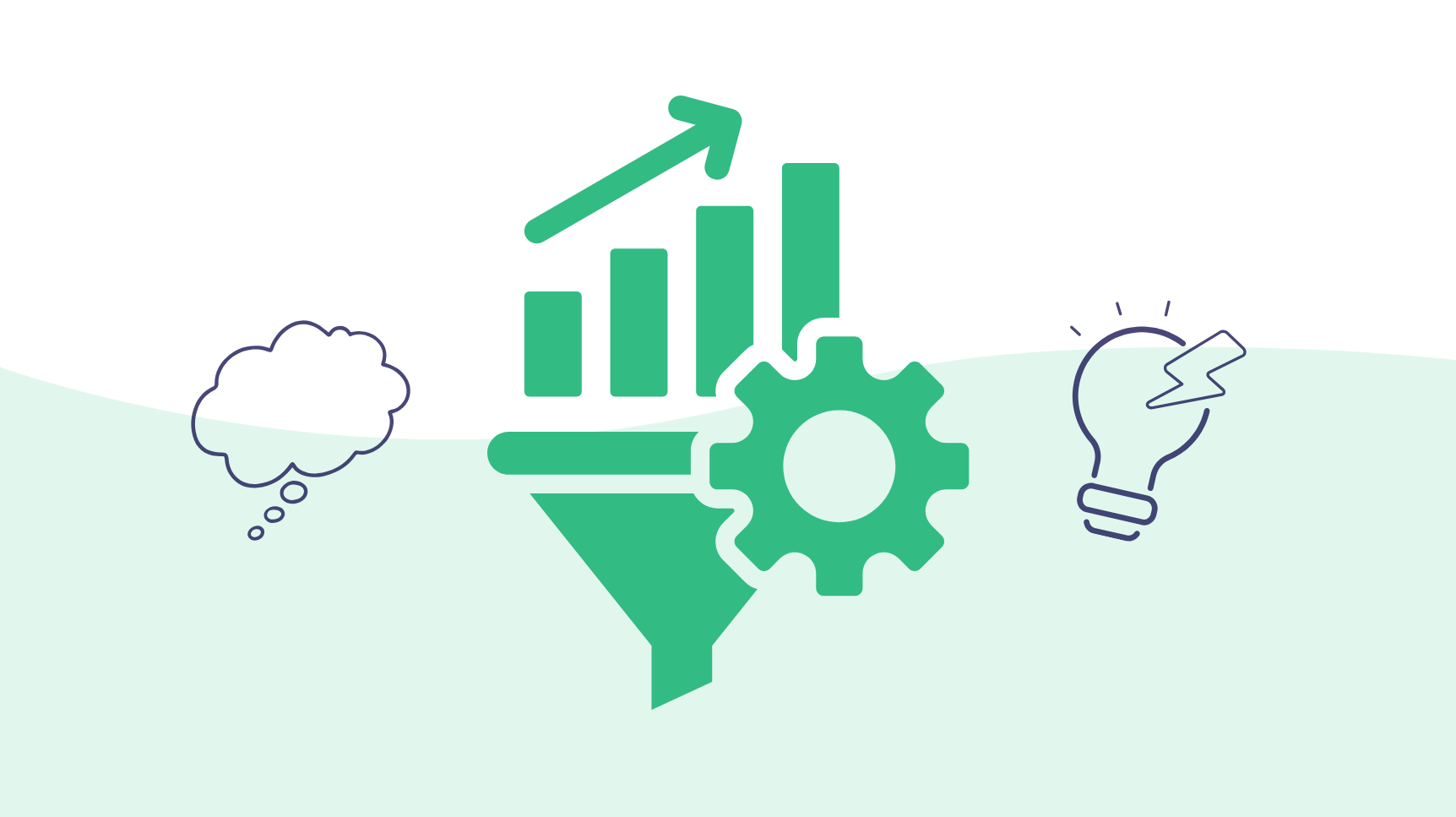
How the Sales Funnel Was Invented in 1898 (And Why It’s Still Making Headlines in 2025)
Long before pixels, dashboards, or CRM integrations, one advertising mind offered something revolutionary: clarity.
In 1898, American advertising pioneer Elias St. Elmo Lewis introduced a structured approach to guiding potential customers through a buying process. His model proposed that a successful advertisement must:
- Attract Attention
- Maintain Interest
- Create Desire
- Inspire Action
This sequence (later codified as AIDA) laid the groundwork for what we now recognize as the sales funnel.
AIDA: The Original Funnel Formula
The genius of Lewis’s model was in its simplicity. He took the chaos of persuasion and gave it shape: Attention, Interest, Desire, Action. A funnel-shaped journey if there ever was one.
And while Lewis never used the word “funnel,” later marketers mapped his AIDA stages into a narrowing visual representing how many customers drop off at each step of the process. It became a foundational framework across sales, advertising, and later, customer experience.
Even today, over a century later, AIDA continues to appear in marketing curricula and corporate playbooks.
Funnels Are Dead. Long Live the Funnel.
Of course, the funnel has its critics. In the age of hyper-informed buyers and omnichannel journeys, the idea of a neat, linear process can feel outdated.
Today’s customer journey is more like a bowl of spaghetti than a funnel: nonlinear, looping, and often interrupted by digital distractions.
And yet, the funnel remains. Not as a rigid system, but as a flexible mental model. One that has evolved alongside technology.
In sales and revenue operations, the funnel has become more than a visual metaphor. It’s now a dynamic system powered by transparent compensation, aligned incentives, and real-time performance insights.
At Leaptree Incentivize, we no longer see it as a funnel at all. It’s more like a Flywheel Meets Telescope: always spinning, always focused, and relentlessly driving revenue through smarter incentives.
What Would Elias Think?
Imagine Elias St. Elmo Lewis stepping into a modern sales org.
- Reps checking real-time dashboards to track quota progress?
- Commission plans that adapt dynamically to business goals?
- RevOps teams automating payouts with zero spreadsheet chaos?
He might say: “The structure held but the execution evolved."
The Takeaway for Revenue Leaders Today
The funnel’s staying power lies in its purpose not its shape. It was always about momentum. About understanding where a prospect is and helping them take the next step driven by clear goals and aligned incentives.
For CROs, RevOps, and Sales Leaders, the message still resonates::
- Know what motivates your team.
- Align incentives to business outcomes.
- Make it transparent.
- Reward what works.
Whether you call it a funnel, pipeline, flywheel, or forecast it’s still about building trust through clarity.
Final Thought
So next time you design a comp plan, debug a payout, or run a revenue review, consider the legacy of Lewis’s insight. Not because it’s old but because it still works.
And if he were alive today?
We’re pretty sure he’d be using Leaptree Incentivize.
References:
- Strong, E.K. The Psychology of Selling and Advertising. McGraw-Hill, 1925.
- Barry, Thomas E., and Daniel J. Howard. "A Review and Critique of the Hierarchy of Effects in Advertising." International Journal of Advertising, vol. 9, no. 2, 1990, pp. 121–135.
- Court, David, et al. "The consumer decision journey." McKinsey & Company, 2009.
- Belch, George E., and Michael A. Belch. Advertising and Promotion: An Integrated Marketing Communications Perspective. McGraw-Hill, various editions.
